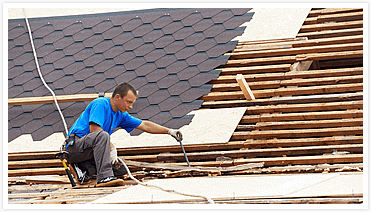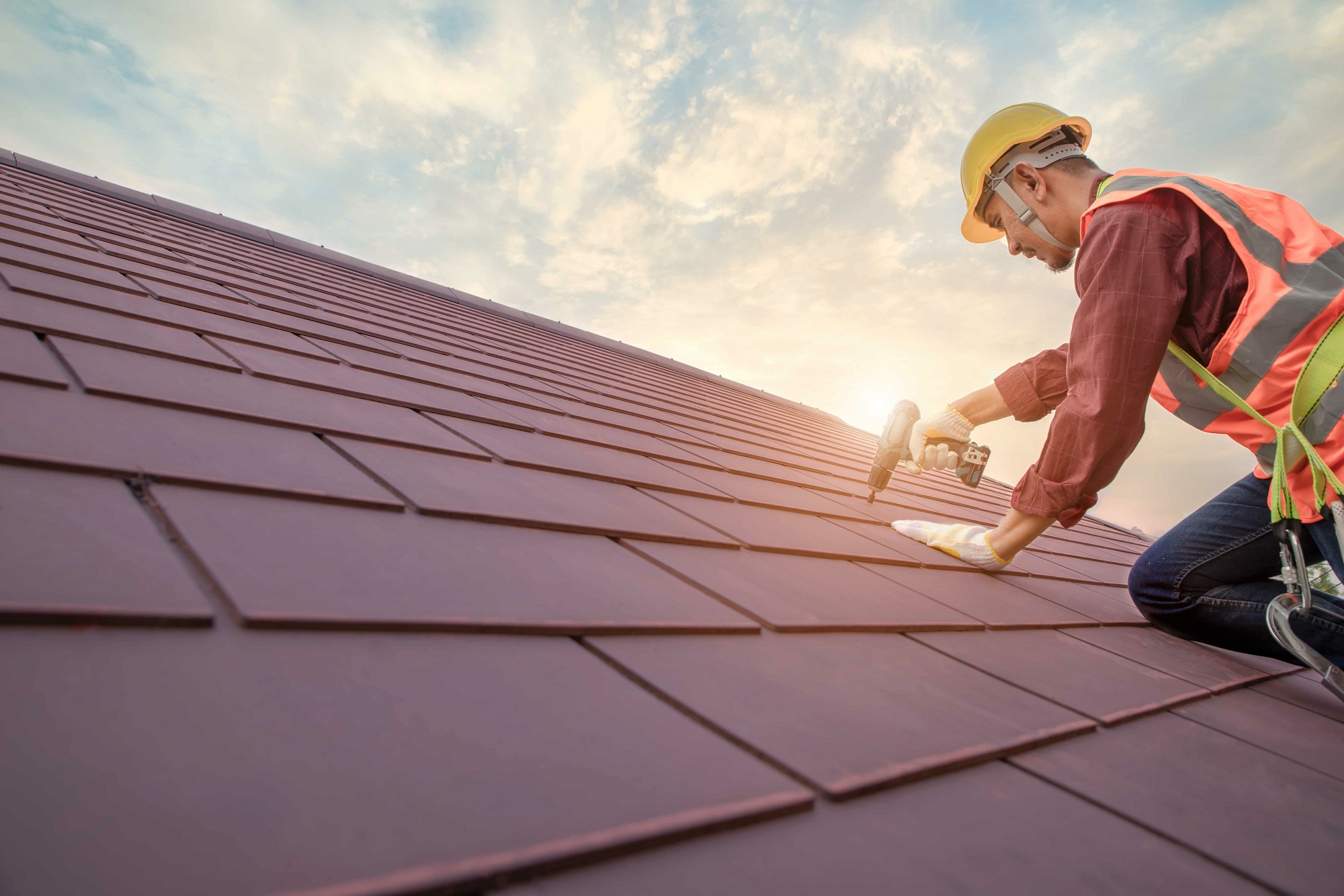Mentor Roof Inspections for Accurate Assessments and Reliable Roofing Solutions
Mentor Roof Inspections for Accurate Assessments and Reliable Roofing Solutions
Blog Article
Essential Tips for Effective Roofing Upkeep and Inspection
Preserving the honesty of a roof covering is vital for the general health of a structure, yet it is often neglected until considerable issues occur. Normal examinations and upkeep can protect against expensive fixings and make certain the roofing system's longevity. Key practices, such as scheduling semiannual examinations and cleaning gutters, function as fundamental action in this recurring process. Nonetheless, comprehending the certain indicators that show underlying troubles is equally important. Acknowledging these signs can ultimately result in better decision-making relating to repairs and improvements. What might be one of the most neglected aspects of this vital maintenance?

Set Up Routine Inspections
Routine inspections are essential for maintaining the integrity and longevity of your roof system. These analyses assist determine potential concerns prior to they escalate, eventually conserving house owners both money and time. Setting up examinations a minimum of twice a year, generally in the spring and fall, guarantees that any kind of seasonal deterioration is without delay attended to.
During these examinations, qualified professionals will examine numerous components of the roof, including shingles, flashing, and air flow systems. They will seek signs of damage, such as broken or missing out on tiles, rusted blinking, and any locations where leaks might occur. Determining these concerns early permits prompt repairs, which can prolong the life of your roofing considerably.
Additionally, after severe weather condition occasions, it is prudent to conduct an examination to examine for any storm-related damages. This aggressive approach not only assists in keeping the roofing system's efficiency but also improves energy efficiency by guaranteeing that insulation and air flow systems continue to be intact. By focusing on routine evaluations, homeowners can safeguard their investment, guaranteeing that their roof system stays useful and durable for several years to find.

Tidy Rain Gutters and Downspouts
Keeping a well-functioning roof system expands past inspections; it also entails making sure that rain gutters and downspouts are devoid of particles and functioning appropriately. Clogged rain gutters can lead to substantial water damage, as they avoid the efficient circulation of rain away from your roof and foundation. It is necessary to cleanse your gutters at the very least twice a year-- ideally in the springtime and loss-- when leaves and debris are most likely to accumulate.
Begin by utilizing a tough ladder to securely access the seamless gutters, and use safety handwear covers to stay clear of injuries from sharp particles. Get rid of fallen leaves, branches, and any other blockages, utilizing an inside story or your hands. After getting rid of the seamless gutters, flush them with water to guarantee appropriate drainage. This step will help identify any kind of leakages or areas that might call for fixings.
Don't forget to inspect the downspouts for clogs. If needed to remove any type of obstructions, use a plumber's serpent. In addition, think about setting up rain gutter guards to decrease future debris build-up. Routinely keeping your gutters and downspouts is an essential element of roofing treatment, inevitably lengthening the lifespan of your roof and protecting your home from water-related concerns (Storm Damage Repair in Mentor).
Check for Missing Out On Roof Shingles
Although it might appear minor, checking for missing out on tiles is a critical facet of roof upkeep that can avoid more extensive damage. Shingles function i was reading this as the very first line of defense against the components, and their absence can expose underlying layers to you could try this out water seepage, wind damage, and mold growth.
Use binoculars for a safe introduction, or climb onto the roofing if it is safe to do so. Pay certain focus to the roof covering's edges, valleys, and around chimneys, as these areas are a lot more susceptible to use.
If you find missing out on tiles, it is necessary to change them immediately. Postponing fixings can result in more considerable concerns, including leaks and pricey repair work down the line. When replacing tiles, make certain that the new ones match the existing roof covering in terms of shade, top quality, and kind. Think about seeking advice from with an expert roof covering contractor that can assess the circumstance and supply proper remedies if you are unsure about exactly how to proceed. Regular look for missing out on tiles will certainly expand the life of your roof significantly.
Inspect Flashing and Seals
After checking for missing out on roof shingles, the next action in roofing upkeep is to examine the blinking and seals. Flashing, generally made from steel, is crucial for directing water away from at risk locations such as smokeshafts, skylights, and roofing system valleys. Inspecting the blinking includes seeking indicators of corrosion, damage, or inappropriate installment. Any kind of tears or gaps in the blinking can lead to water seepage, which may create considerable damages to the underlying framework.
In addition, seals around vents and various other roofing infiltrations must be closely examined. In time, seals can degrade as a result of exposure to UV rays and differing climate condition, resulting in prospective leaks. Search for splits, peeling off, or missing out on sealer, as these conditions signal the requirement for immediate fixing or replacement.
Dealing with issues with blinking and seals quickly can these details avoid costly fixings down the line. It is advisable to do these inspections at the very least twice a year, ideally throughout the spring and loss, to make sure the roof covering remains protected and watertight. Regular maintenance not only extends the life of your roofing but also safeguards your home versus unpredicted water damage.
Address Moss and Algae Development
A considerable number of home owners might forget the effect of moss and algae growth on their roofs, yet these microorganisms can cause serious damages if left unattended. Moss thrives in damp, shaded locations, commonly maintaining dampness versus roof materials. This prolonged direct exposure can result in the wear and tear of tiles, causing leakages and costly repair services. Algae, while commonly less damaging, can tarnish your roofing and add to the damage of roofing materials in time.
To properly address moss and algae growth, routine inspections are crucial. If found, use a specialized roofing cleansing option that's risk-free for your roofing products.
For prevention, trim back overhanging tree branches to enhance sunshine direct exposure and decrease moisture retention. Installing zinc or copper strips along the roofing system ridge can hinder future growth, as rain will certainly wash these metals down the roofing system surface area. Regular upkeep and timely activity versus moss and algae can boost your roof covering's long life and keep your home's aesthetic allure, inevitably securing your investment.
Final Thought
Finally, effective roof covering maintenance and assessment are necessary for lengthening the life-span and performance of a roof covering. Normal examinations, rain gutter cleansing, and cautious checks for missing out on tiles, harmed blinking, and development of moss and algae are important practices. Attending to these problems immediately can stop significant damages and costly repair work. Implementing these approaches will certainly guarantee optimum roofing efficiency and energy efficiency, inevitably guarding the architectural honesty of the home. Regular upkeep stays a basic aspect of accountable homeownership.
Regular evaluations and maintenance can avoid pricey fixings and make sure the roofing system's long life.During these inspections, certified experts will certainly take a look at numerous elements of the roofing, consisting of shingles, flashing, and air flow systems. It is recommended to carry out these examinations at least two times a year, preferably during the springtime and autumn, to make certain the roof continues to be watertight and safe and secure. Installing zinc or copper strips along the roofing system ridge can prevent future development, as rainwater will clean these metals down the roofing system surface area.In conclusion, reliable roofing maintenance and evaluation are necessary for extending the lifespan and capability of a roof covering.
Report this page